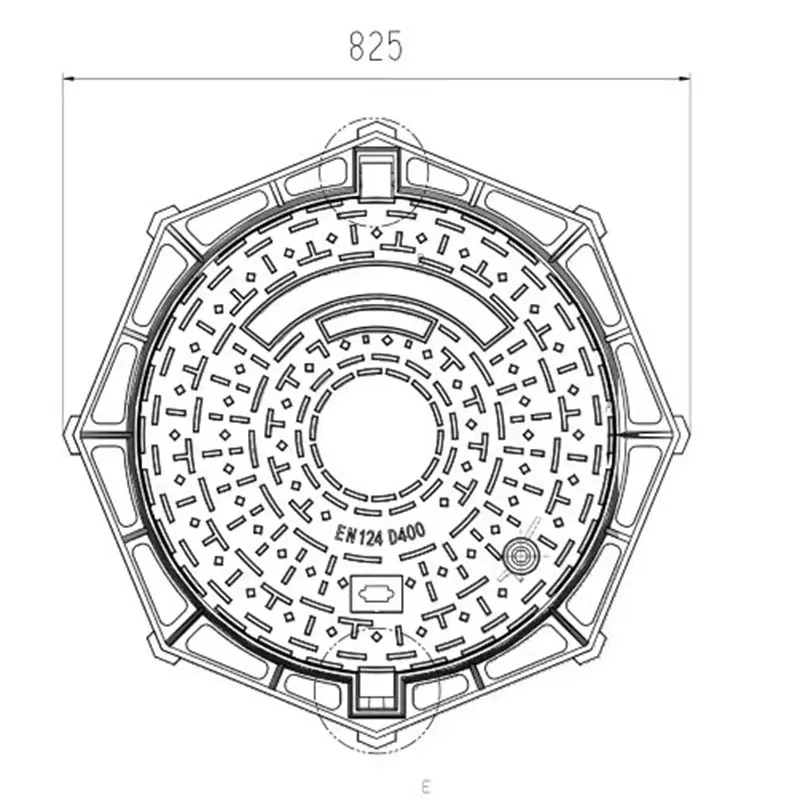Preventing Saddle Clamp Slippage for Improved Stability and Safety in Applications
Understanding Saddle Clamp Slipping Causes and Solutions
Saddle clamps are integral components used in various industries, particularly in piping and construction applications. They serve to secure pipes in place, preventing movement and ensuring structural stability. However, one of the prevalent issues associated with saddle clamps is slipping, which can lead to leaks, structural failure, and safety hazards. In this article, we delve into the causes and solutions for saddle clamp slipping.
What is Saddle Clamp Slipping?
Saddle clamp slipping occurs when the clamp fails to maintain its grip on the pipe, resulting in misalignment or movement. This can drastically affect the entire system's integrity, especially in scenarios where fluid transport is involved. When a saddle clamp slips, it can create gaps, leading to leaks, increased stress on the surrounding materials, and potential damage to the system.
Causes of Saddle Clamp Slipping
Several factors contribute to saddle clamp slipping
1. Inadequate Installation One of the leading causes is improper installation. If the clamp is not tightened correctly or is poorly positioned, it may not hold the pipe securely, leading to slippage over time.
2. Wear and Tear Over time, saddle clamps can wear out due to environmental factors, such as temperature changes, corrosion, and mechanical stress. When materials degrade, their grip on the pipe diminishes, increasing the likelihood of slipping.
3. Vibrations and Movements In environments where machinery operates or where pipes are exposed to vibrations, saddle clamps may loosen. Vibrations can gradually work the clamp loose, especially if it is not designed to handle such dynamics.
4. Incorrect Size Using a clamp that is not the appropriate size for the pipe can cause slipping. A clamp that is too large will not provide the necessary tension, while one that is too small can overstress and fail.
saddle clamp slipping

5. Environmental Conditions External factors such as temperature fluctuations, humidity, and physical impacts can also affect the performance of saddle clamps. For example, extreme temperatures can cause materials to expand and contract, potentially loosening the grip.
Solutions to Prevent Saddle Clamp Slipping
To mitigate the issues associated with saddle clamp slipping, several preventative measures can be adopted
1. Proper Installation Ensuring that saddle clamps are installed according to the manufacturer’s specifications is crucial. This includes using the correct tools and techniques to achieve the necessary tension.
2. Regular Maintenance Implementing a regular maintenance schedule can help detect and address issues before they escalate. Inspecting clamps for wear and tear, corrosion, or any signs of loosening can prevent unexpected failures.
3. Choose the Right Clamp Selecting the appropriate size and type of saddle clamp for the specific application is essential. Consider the pipe material, diameter, and the environmental conditions when making a choice.
4. Use Locking Mechanisms In high-vibration environments, employing clamps with locking mechanisms or additional supports can help maintain stability and prevent slippage.
5. Training and Awareness Educating personnel on the importance of proper installation and maintenance techniques can significantly reduce the risks associated with saddle clamp slipping.
Conclusion
Saddle clamp slipping is a common yet preventable issue that can lead to significant complications in piping systems. By understanding the causes and implementing effective solutions, industries can ensure the integrity and safety of their installations. Regular maintenance, proper installation, and appropriate choices in clamp selection are key strategies to minimize the risks associated with saddle clamp slipping, ultimately enhancing the reliability of the entire system.
-
The Smarter Choice for Pedestrian AreasNewsJun.30,2025
-
The Gold Standard in Round Drain CoversNewsJun.30,2025
-
The Gold Standard in Manhole Cover SystemsNewsJun.30,2025
-
Superior Drainage Solutions with Premium Gully GratesNewsJun.30,2025
-
Superior Drainage Solutions for Global InfrastructureNewsJun.30,2025
-
Square Manhole Solutions for Modern InfrastructureNewsJun.30,2025
-
Premium Manhole Covers for Modern InfrastructureNewsJun.30,2025
